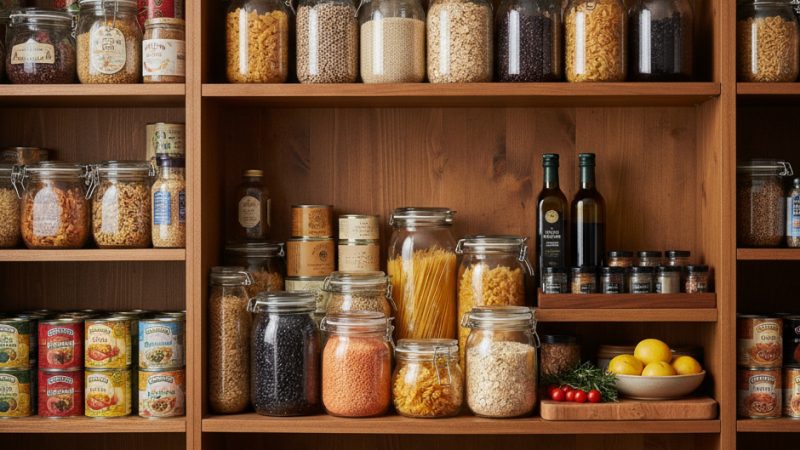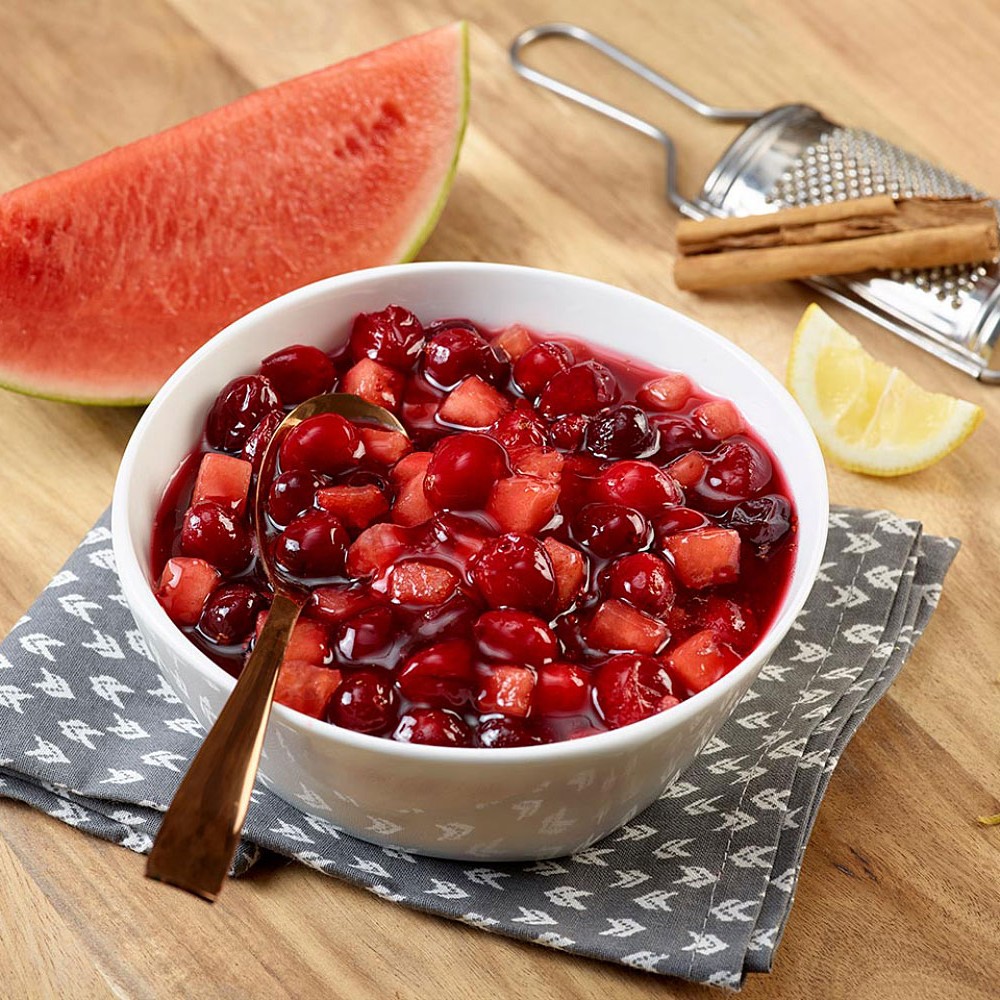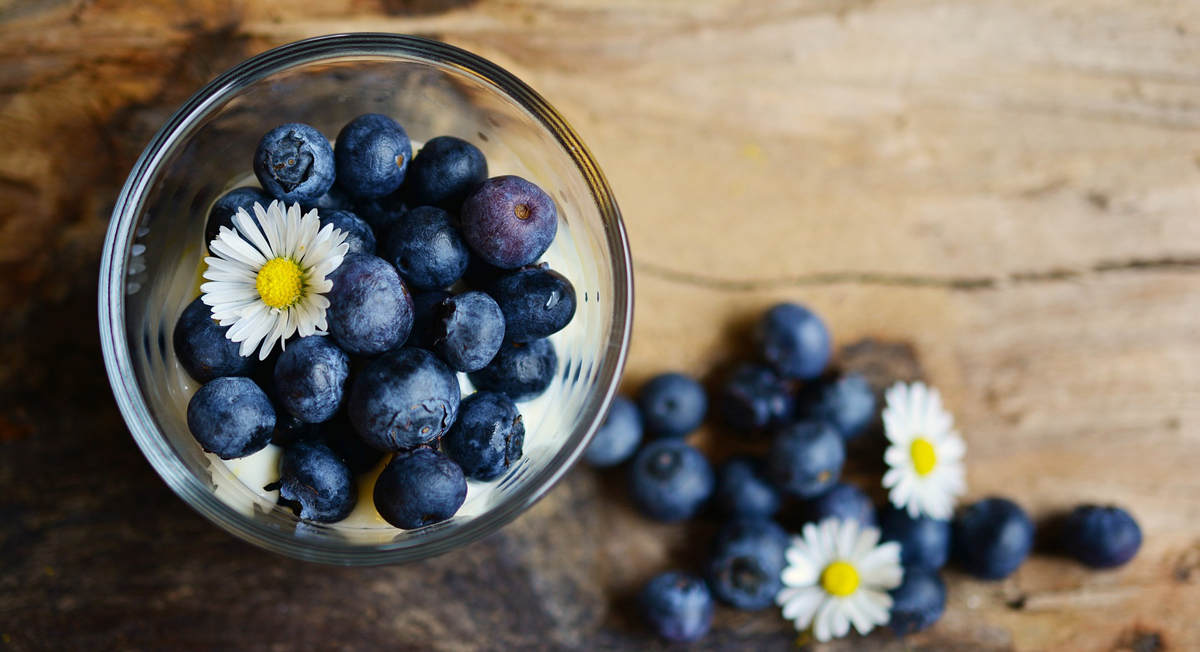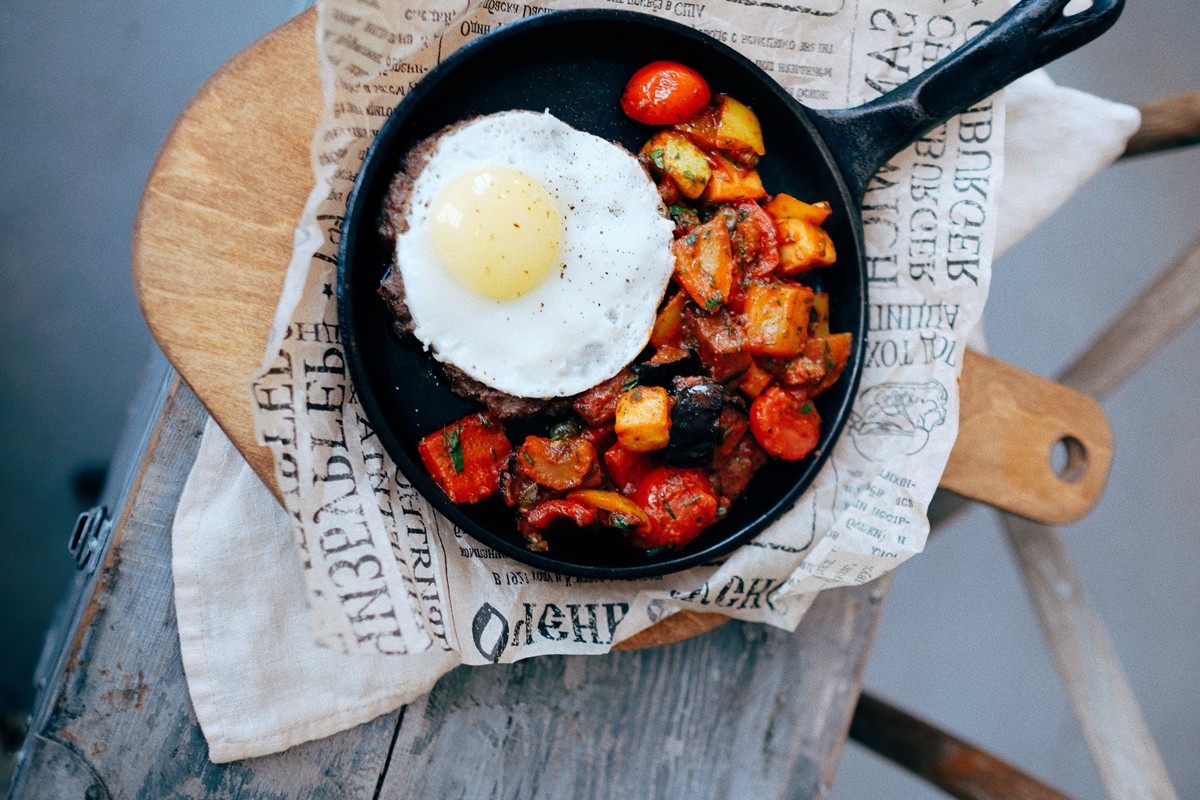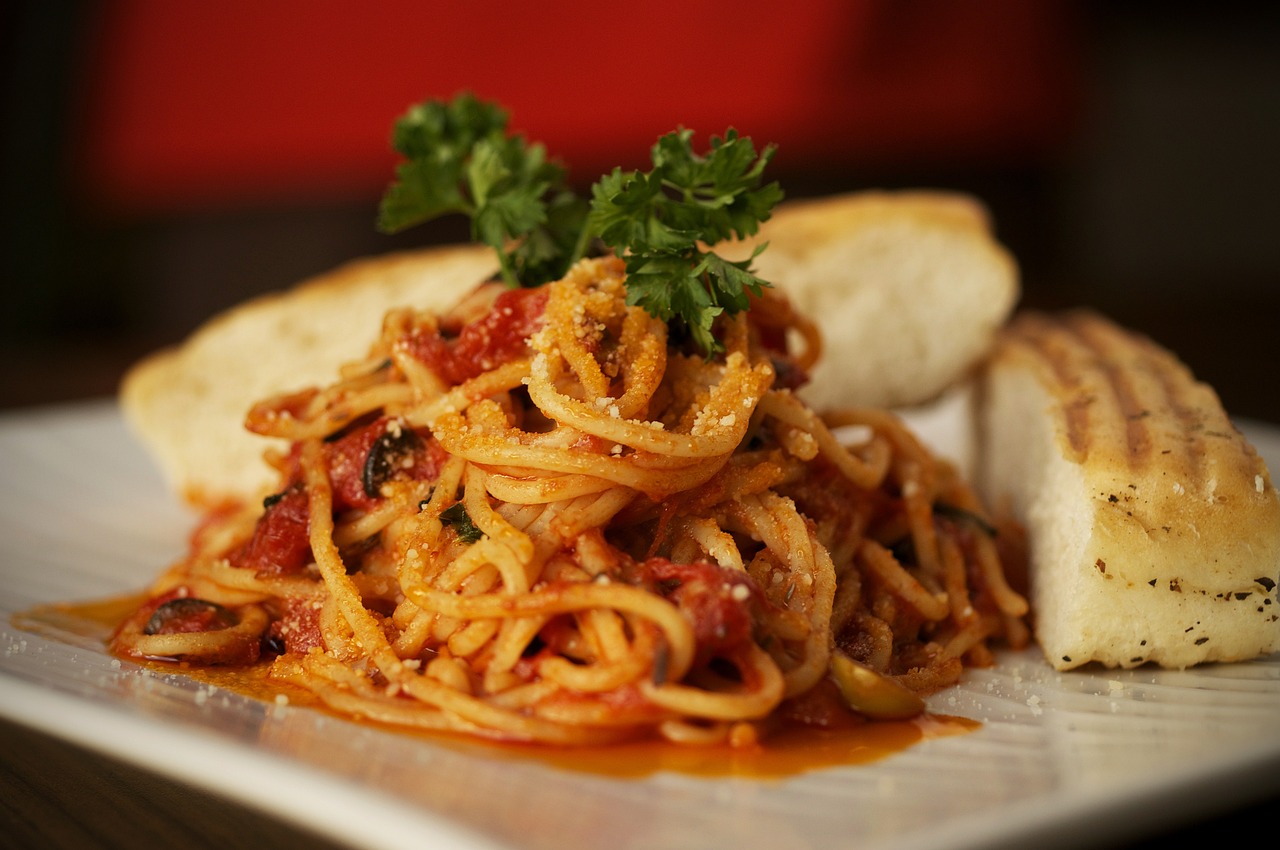The Noble Bay Leaf from Kitchen to Craft
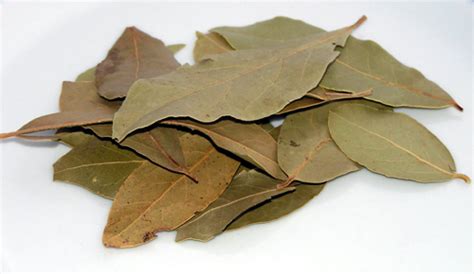
The bay tree has been sacred since ancient times. Even its name suggests greatness. Nobilis means renowned, and the bay branches were woven into wreaths of victory. Apollo’s temple was said to have its roof made entirely of bay leaves for protection, and bay leaf garlands were later used in architectural moldings. The genus Laurus is derived from the Latin laus, meaning praise. Yet this wonderful plant also has a prominent place in the kitchen, giving wonderful flavor to countless dishes, and wreaths of laurel are still made as beautiful craft projects to decorate our homes.
The Bay Tree, also called Sweet Bay or Bay Laurel, is indigenous to the Mediterranean and Asia Minor, though it is now cultivated in many temperate climates. It does not tolerate strong winds and very cold temperatures, so container growing is an alternative. In the wild, the tree can grow to 60 feet, though outside its natural growing area, it may not grow to more than 10 to 15 feet. Container plants generally do not get more than about 5 feet tall, though this is more than adequate if growing for kitchen use. The leaves maybe used either fresh or dried for culinary purposes.
For crafts, the branches may be woven into wreaths while still supple and green, and will dry beautifully to maintain shape. If not from plants sprayed with poisons, wreaths are great for use both as a decoration and as a handy place to grab a bay leaf when needed for cooking.
Bay leaves are key ingredients in many spice mixtures, such as the French bouquet garni, and some garam masala mixtures. The leaves themselves are very stiff, with a strong vein and stem. Remove leaves from a dish before serving, to prevent any choking hazard. In making a garam masala, all the ingredients will be ground, so any vein or stem that has not been pulverized is easily removed. The bouquet garni herbs are used whole in a bundle and removed before the dish is used. Some dishes that typically use a bouquet garni are Boeuf Bourguinon, Osso Buco, Bouillabaisse, French Onion Soup and Cassoulet, among others.
Simple Garam Masala
One Tablespoon each:
- Cumin Seed
- Coriander Seed
- Cardamom Seeds (removed from pods)
- Black Peppercorns
- Cloves
- Bay Leaves, crushed
- Cinnamon, crushed
Heat a dry skillet and toast each spice separately until fragrant, removing to a plate to cool. Place all together in a spice grinder or small coffee grinder used only for spices and grind to a powder. Remove any bits of vein or stem from the bay leaf, or pass through a sieve before storing in a glass jar with an airtight seal.
Bouquet Garni:t here is no specific recipe for a bouquet garni. It is often prepared to suit the particular soup or stew. A common basis for bouquet garni is bay leaves, thyme and parsley. These are either tied in a bundle or wrapped in cheesecloth and immersed into the soup pot, to be removed later.
Other herbs, generally used fresh, are lemon thyme, sage, chervil, marjoram, oregano, celery leaves, tarragon, savory, mint, rosemary, chives. For a poultry dish, try using sprigs of thyme or lemon thyme with celery leaves or lovage, bay leaf and tarragon. For a pork dish you might try mixing thyme, mint, rosemary and bay. Make your own combinations.
Besides use in spice mixtures, use bay leaves in marinades, stock, soups, stews and gravies. Also, use in potato or other creamed soups, pate, curries, game and poached fish liquid. Boiled in milk they will flavor custard and rice pudding. Cooks instinctively add bay leaves to Creole, French and Spanish cooking. They are also an essential part of pickling spices. They are great used in combination with peppercorns, saffron, garlic, allspice, citrus, prepared and dry mustards.
Bay leaves are also said to relieve indigestion, relieve flatulence and stimulate the appetite. It is said that bay leaves deter kitchen insects. While there is no solid proof, many still keep a bay leaf in their flour bin, or rice and other dry staples. While this may or not work, it is best to maintain a clean pantry so as not to invite the pests.
The Author:
aharmonyofflavors
Photo. Szafirek

